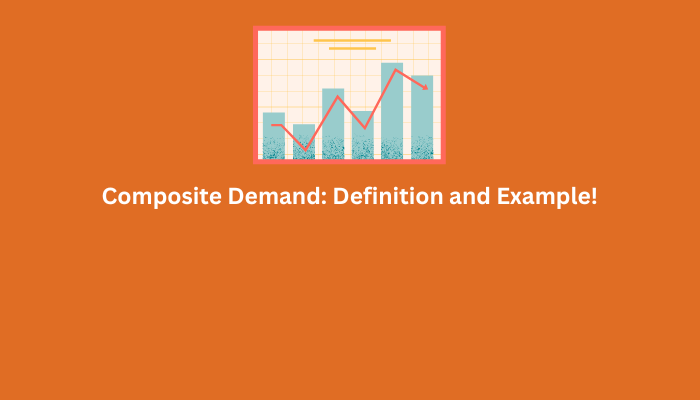Exploring the Dynamics of Composite Demand
Composite demand, an essential concept in economics, unveils the intricate relationships among various goods and services within a market. In this article, we delve into the definition, function, and examples of composite demand to gain a comprehensive understanding of its implications on market dynamics and the economy as a whole.
What is Composite Demand?
Composite demand arises when a product or service is sought after for multiple uses or purposes, contrasting with simple demand, which focuses on the consumption of a single product. This multifaceted demand creates interdependencies among different sectors of the economy, influencing pricing, production, and market equilibrium.
The Function of Composite Demand
The function of composite demand is intricately linked to the concept of interrelated goods and services. When the demand for one product increases, it can have ripple effects on the demand for related products, either as substitutes or complements.
For example, an uptick in the demand for smartphones may drive higher demand for accessories such as phone cases and chargers. Conversely, a downturn in the demand for a particular product can adversely affect the demand for associated goods.
Factors Influencing Composite Demand
Material costs, availability of substitutes, consumer preferences, and external events significantly shape composite demand curves. Changes in any of these factors can profoundly impact the overall demand for a group of related goods or services, leading to shifts in market dynamics and pricing strategies.
Examples of Composite Demand

Illustrating composite demand through examples helps elucidate its practical implications. For instance, consider the case of wheat, a versatile commodity used in food production, biofuel manufacturing, and animal feed.
Disruptions in wheat supply can reverberate across various wheat-based products, affecting consumers, producers, and the economy. Similarly, fluctuations in crude oil demand can ripple through multiple industries, influencing prices, production levels, and consumer behavior.
Calculating Composite Demand
Quantifying the total demand for a group of related goods or services involves summing up the demands for individual components. Through this calculation, economists and businesses can analyze market trends, forecast future demand, and make informed decisions regarding production, pricing, and resource allocation.
The Impact of Composite Demand on the Economy
Composite demand significantly drives economic activity and shapes market conditions. Increased composite demand signals heightened consumption, production, and investment, fostering economic expansion and job creation.
Conversely, a decline in composite demand can trigger contractions in output, employment, and investment, posing challenges for businesses and policymakers.
Conclusion
Composite demand is a fundamental concept in economics that highlights the interconnectedness of goods and services in a market economy. By understanding the dynamics of composite demand, stakeholders can navigate market fluctuations, anticipate consumer behavior, and devise strategies to adapt to changing economic conditions.
Q&A Section
How does composite demand differ from simple demand?
Composite demand involves the demand for a product for multiple uses or purposes, while simple demand pertains to the consumption of a single product for a specific purpose.
What factors influence composite demand?
Factors influencing composite demand include material costs, availability of substitutes, consumer preferences, and external events such as global emergencies or geopolitical tensions.
How does composite demand affect market equilibrium?
Composite demand can impact market equilibrium by influencing the prices, production levels, and availability of related goods and services. Shifts in composite demand curves can lead to adjustments in supply and demand dynamics, affecting market equilibrium.
Resources
- Composite Demand – What Is It, Example, Graph, Vs Joint Demand (wallstreetmojo.com)
- Europe Composites Resource Guide (trade.gov)
- Composite Demand – definition and examples – Economics Help

I’m Mino, a forex trader with years of hands-on experience and a knack for market trends. My mission? To guide you through the complexities of forex trading and help you reach your financial aspirations. With personalized strategies and proven insights, I’ve empowered countless traders to navigate the markets confidently and achieve steady profits. Join me on the path to financial success in forex trading!
Don't Miss Pro Indicators and Trading Systems

